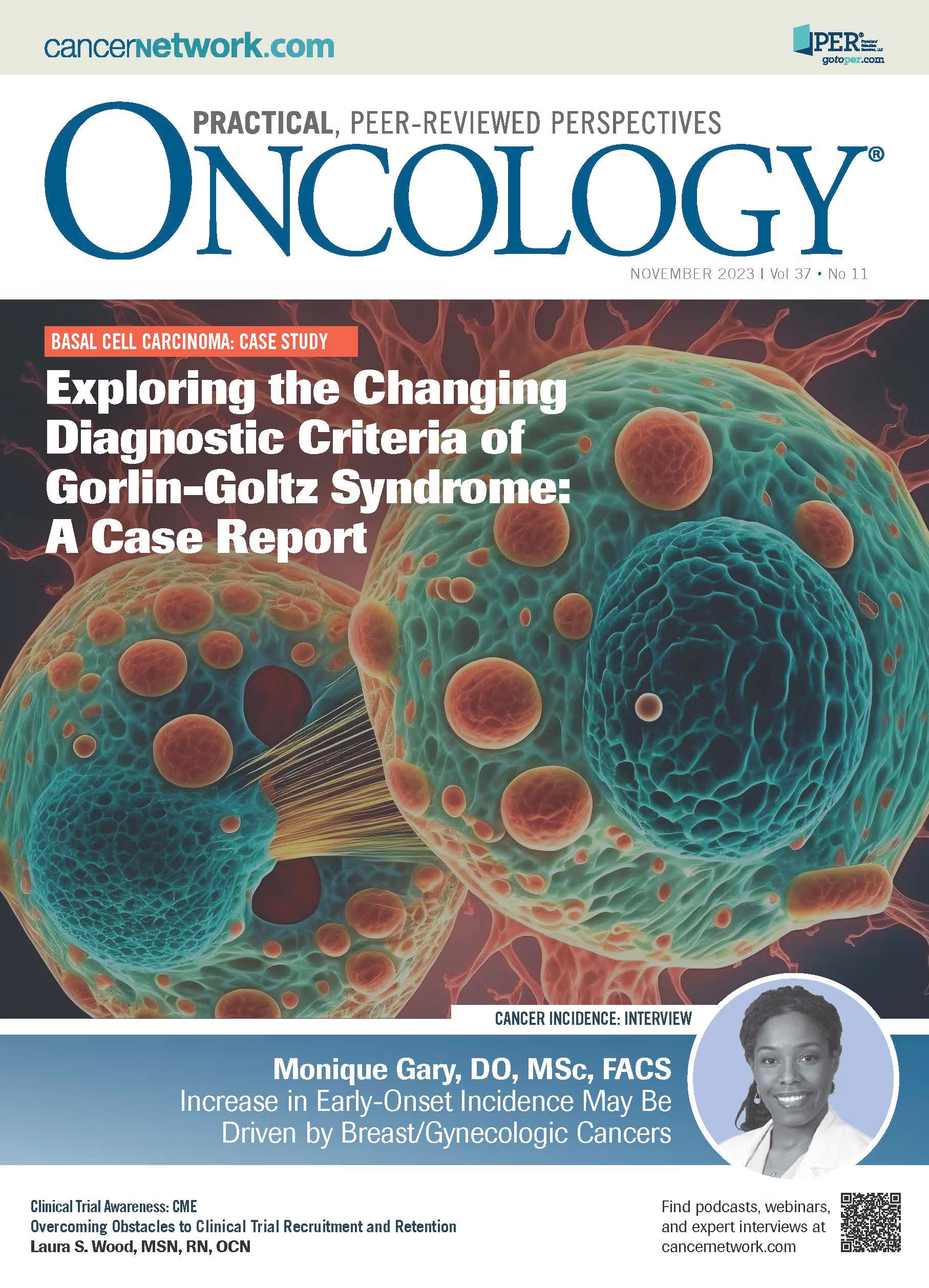Chemotherapy Drug Shortages: It’s Soluble
Howard S. Hochster, MD, reviews the potential solutions for the current chemotherapy drug shortages, and how this can be avoided in the future.
Howard S. Hochster, MD, associate director for Clinical Research, Rutgers Cancer Institute of New Jersey, director of Oncology Research RWJBarnabas Health

As the shortages of chemotherapy drugs continue to produce day-to-day treatment dilemmas and lead to enforced workarounds for clinicians—not to mention stir high anxiety in patients—we should reflect on how we got here. We should recall that periods of drug shortages have occurred for more than 20 years. We have survived these intermittent disruptions because they involved 1 or 2 drugs at most and have been of shorter duration. The current situation, however, is due to fundamental deficiencies in the chemotherapy drug supply.
These shortages are a result of a somewhat new dynamic brought on by market intermediates and reduced inspections abroad, partly due to the COVID-19 pandemic. In fact, it is difficult to understand a system in which generic drugs may cost pennies per gram and drugs under patent cost hundreds of dollars per gram (wholesale price). Isn’t it reasonable that oncologists and patients would be willing to pay a moderate price of about $1 per gram for high-quality, reliable generic drugs? What happened to the United States (US) generic drug manufacturers that formerly and reliably supplied high-quality products that we could prescribe to our patients with confidence?
Like many manufactured items, the generic drug system is a victim of the same market forces that resulted in the loss of many industries in the US when manufacturing migrated to countries where it was less expensive to produce goods. Although it may have been a problem for some apparel and shoe manufacturers, many US brands have still managed to control quality with oversight so that product quality is not compromised.
In drug manufacturing, however, US generic manufacturers have been priced out of the industry and gone out of business due to the extremely low cost of drugs originating primarily in India or China. There was no economic incentive for US generic suppliers to manufacture abroad with adequate quality control. The drug system middlemen, pharmacy benefit managers, have relentlessly sought the cheapest sourcing for these drugs, believing that quality would be maintained by local oversight or FDA inspection. However, this is not the case, as we have seen.These companies are not inspected by the FDA in a process similar to US manufacturers, due to logistics of international oversight, lack of funding, and lack of inspectors. Of course, recent barriers related to the pandemic have exacerbated the inspection problem. When the FDA did inspect these manufacturers, the factories often were shut down for problems with the drug quality, with the subsequent collapse of the penny-drug supply.
How can we, consumer oncologists and pharmacists, make this system better?We need to demand somewhat more costly but high-quality generic drug products. How can we get the former US manufacturers of generic drugs to return to producing standard chemical drugs rather than just biosimilars? To do that, we, as consumers, need the right information. Regarding biosimilars, I have previously complained about the 4-letter suffixes on all new drugs that allow identification of manufacturers and tracking of interchangeability.
My complaint is based on the fact that all the biosimilar manufacturers are submitting thorough manufacturing data to the FDA, yet we have no data to help us choose between these branded biosimilars. This system would work well for our generic chemotherapy drugs, allowing manufacturers to be identified and their quality recognized. This supposes pharmacy departments, practices, and insurers would pay more for higher-quality generics. This must be coupled with more regular FDA inspections of generic drug manufacturers, which would receive FDA ratings or certification. The companies themselves would likely be willing to pay for the cost of more frequent inspections through a system such as the Prescription Drug User Fee Act. We do not need to subject ourselves and our patients to these shortages of critical agents. We just need to be willing to pay a little more and institute a system to identify high-quality manufacturers.
Newsletter
Stay up to date on recent advances in the multidisciplinary approach to cancer.
Cardio-Oncology Considerations for Breast Cancer: Risk Stratification, Monitoring, and Treatment
June 26th 2025Survivors of breast cancer face increased cardiovascular risks due to treatment-related cardiotoxicity, and understanding these risks is crucial for effective management and prevention.
